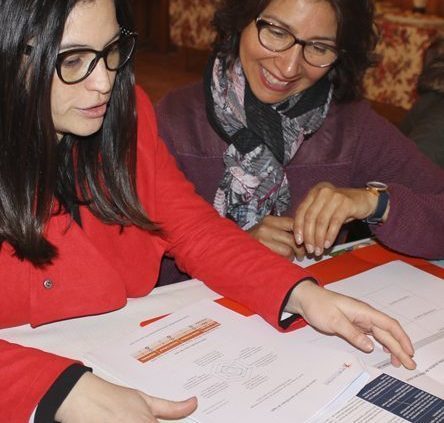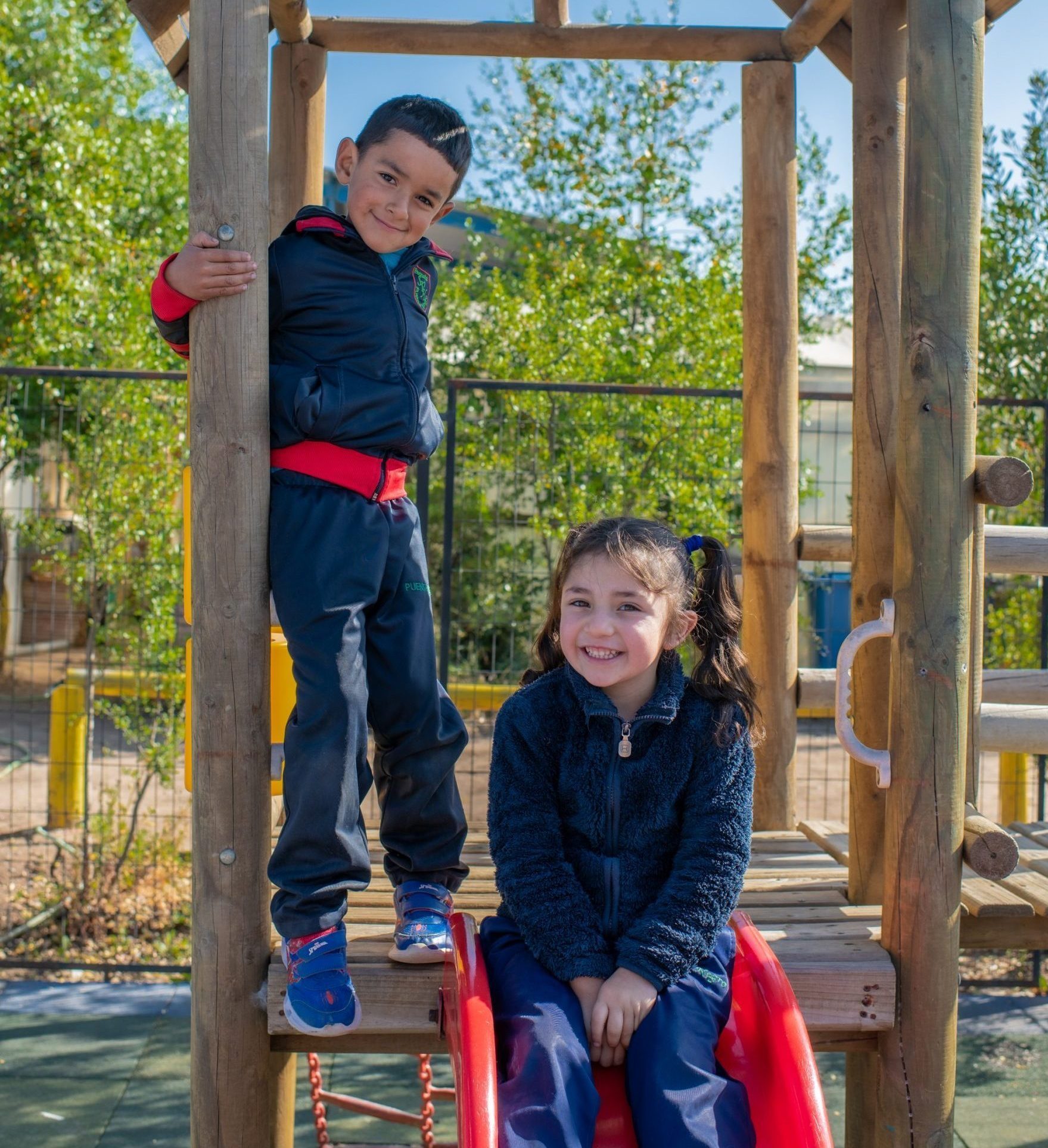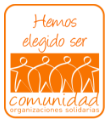On methodology
Since 2011, we have incorporated the Continuous Improvement Methodology, with advice from the Institute for Healthcare Improvement (IHI), which allows us to test ideas and adjust them to different contexts, thus ensuring local relevance. In turn, it encourages evidence-based decision-making and promotes the sustainability of good practices.
This model, in addition to promoting the use of data for decision-making, encourages collaborative and networked work.
What is the Continuous Improvement Methodology?
We promote evidence-based reflection for the continuous improvement of learning, school management and teaching processes. This, using a continuous improvement methodology that invites us to test and evaluate practices and actions (pedagogical and leadership) through a continuous cycle of research and action called PHEA for its 4 phases (Plan, Do, Study and Adjust). This cycle enables the analysis and interpretation of evidence in order to identify lessons learned to be incorporated into the next practice or improvement action.
This model is based on a simple and powerful idea for improvement: we can accelerate change through rapid cycles of testing new ideas.
For this, it is important to first answer certain questions:
- What are we trying to achieve?
- How will we know that the change is an improvement?
- What changes can we make that will result in improvement?


The importance of data use
A fundamental pillar of this methodology is the use and analysis of data. It is necessary to measure frequently and to use the data obtained to analyse the results throughout the process. In this way, the measurements show us how we are doing with respect to the expected goal and thus it is possible to make decisions based on concrete results.
The model also considers the use of the PHEA cycle, an organised structure for quickly testing change ideas in real work scenarios, consisting of 4 consecutive stages: Plan, Do, Study and Adjust.
Networking: key to continuous improvement
Networking is one of the pillars of the Continuous Improvement Methodology and is therefore at the basis of the programmes A Good Start and We Learn, in which we have promoted the creation of Improvement Networks, made up of teachers, management teams and educational teams from the municipalities and schools that adhere to our programmes.
Currently 84 schools are part of the UBC Improvement Network and 14 of We Learn.
The aim of networking is to develop a collaborative model that allows for collaborative model that allows:
- Establish goals shared by all members.
- Create, test and share strategies among peers.
- Analyse results and adjust implemented initiatives.
- Jointly addressing current and future challenges.
In this way, an active involvement of the entire educational community is generated, promoting improvements in pedagogical and leadership practices in order to strengthen both the learning of children at the early childhood level and the learning of English from an early age.


Networking instances
Learning sessions:
These are instances of collaborative work where all members of the Network meet to update knowledge, share strategies and local initiatives and reflect on the results of various interventions. For this, tools for analysis and reflection are applied, data are analysed and achievements and goals are celebrated.
Inter-school visits:
These are instances that allow educational teams and managers who are part of the Improvement Network to come together, focusing on a particular topic. In this space for exchange and reflection, there is a mutual benefit: the hosts present their strategies and receive feedback, while the visitors learn from those who have more experience in the programme and valuable experiences to share.
Community meetings:
These are instances in which educational teams and directors of a commune meet to analyse and reflect on the work carried out at classroom and school level. These instances are self-managed by the communes themselves and seek to strengthen collaborative work and reflection at the local level.






